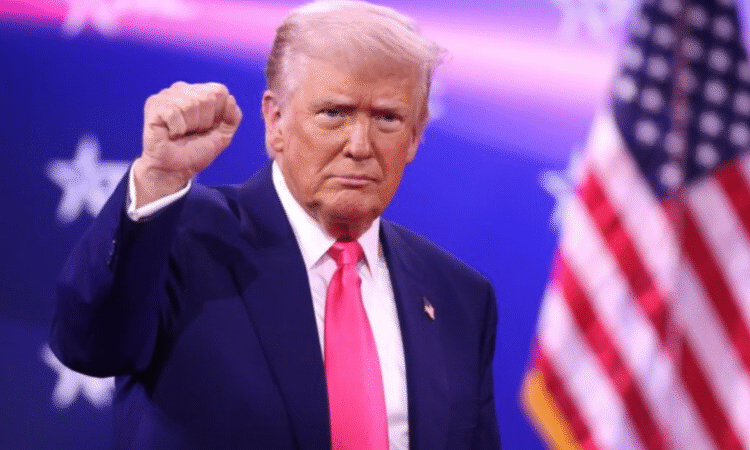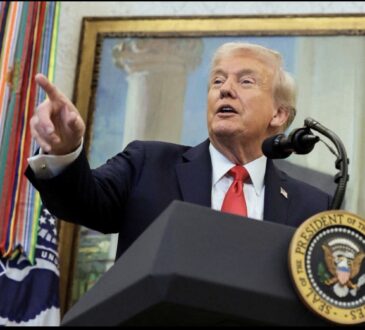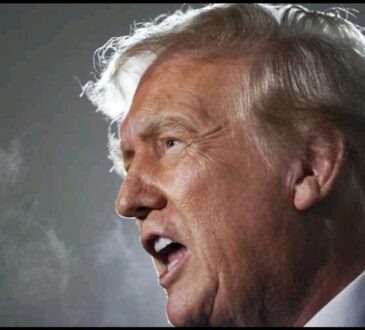
It has now been ten tense days since the shutdown ordered by Donald Trump threw millions of American lives into chaos. With federal agencies stalled, workers unpaid, and public services hanging in uncertainty, the latest shock comes with news of mass firings across several government departments. What began as a political standoff has now turned into a crisis that threatens to reshape the federal workforce itself.
According to a budget statement released by the White House on Friday, thousands of federal employees have already received termination notices. Nearly 4,000 workers are reportedly being dismissed as part of what the administration calls a “restructuring” move. But critics say it’s a pressure tactic — designed to force Democratic lawmakers to yield in the ongoing standoff over government funding.
Russ Vought, the Director of the Office of Management and Budget, announced the start of the layoffs on X (formerly Twitter) with just three stark words: “RIFs have begun” — referring to “Reductions in Force,” the government term for mass job cuts. In a subsequent court filing, the budget office confirmed that about 4,000 employees would be let go, even as the funding situation remained, in their words, “fluid and rapidly evolving.”
The impact of these firings is expected to hit key government departments hardest. The Treasury Department faces the biggest loss, with about 1,400 workers being laid off. The Department of Health and Human Services will lose around 1,100 employees, while the Department of Housing and Urban Development will see 400 workers dismissed. Other major agencies — including Commerce, Education, Energy, Homeland Security, and the Environmental Protection Agency — are each expected to lose roughly 500 employees.
This wave of dismissals raises serious concerns about how essential government programs will function in the coming weeks. Many agencies are already running on skeleton crews, and with thousands more workers gone, services like tax processing, public health initiatives, housing support, and environmental monitoring could face severe disruptions. The situation is both “confident yet uncertain,” as one official described it — confident that the firings will apply pressure politically, but uncertain about the cost to daily governance.
The decision has sparked immediate outrage across Washington. Democrats have condemned the move as reckless and punitive, accusing the administration of using federal workers as pawns in a political power game. Even some Republicans have voiced unease, calling the move “poorly timed” and warning that it could deepen the chaos instead of resolving it. A few within Trump’s own party have labeled it a “punitive overreach,” suggesting that it damages the very institutions conservatives claim to want to streamline.
Adding to the controversy, Trump reportedly stated that many of the layoffs were aimed at agencies and regions “dominated by Democrats,” a claim that has only intensified public anger. To many, this statement confirmed fears that the firings were politically motivated rather than financially necessary.
Historically, during past shutdowns, federal employees affected by similar furloughs were reinstated once the government reopened — often with back pay for the time lost. Reports suggest that as many as 750,000 workers could eventually return if a deal is reached. However, this time, hope is dim. The administration’s own statement noted that reinstating fired employees is “not consistent with the President’s priorities,” leaving many workers fearful that these layoffs could be permanent.
For the thousands of families now caught in the crossfire, the uncertainty is devastating. Mortgage payments, medical bills, and daily expenses are piling up with no clear end in sight. Local economies that depend on federal salaries are already feeling the shockwaves — small businesses near federal offices are seeing fewer customers, and communities across the country are bracing for the long-term effects of these sweeping cuts.
As the standoff drags on, the political blame game continues. The White House points fingers at Democrats for refusing to compromise, while Democrats accuse Trump of holding the country hostage to his own agenda. Meanwhile, the ordinary workers — those who keep the government running — are left to bear the brunt of a political war that shows no signs of ending.
Ten days in, the shutdown has evolved from a political dispute into a national crisis, one that threatens not only the stability of government operations but also the livelihoods of countless Americans. With layoffs underway and no negotiation breakthrough in sight, the question now is how long the nation can withstand the strain — and whether those caught in the middle will ever recover what they’ve lost.




